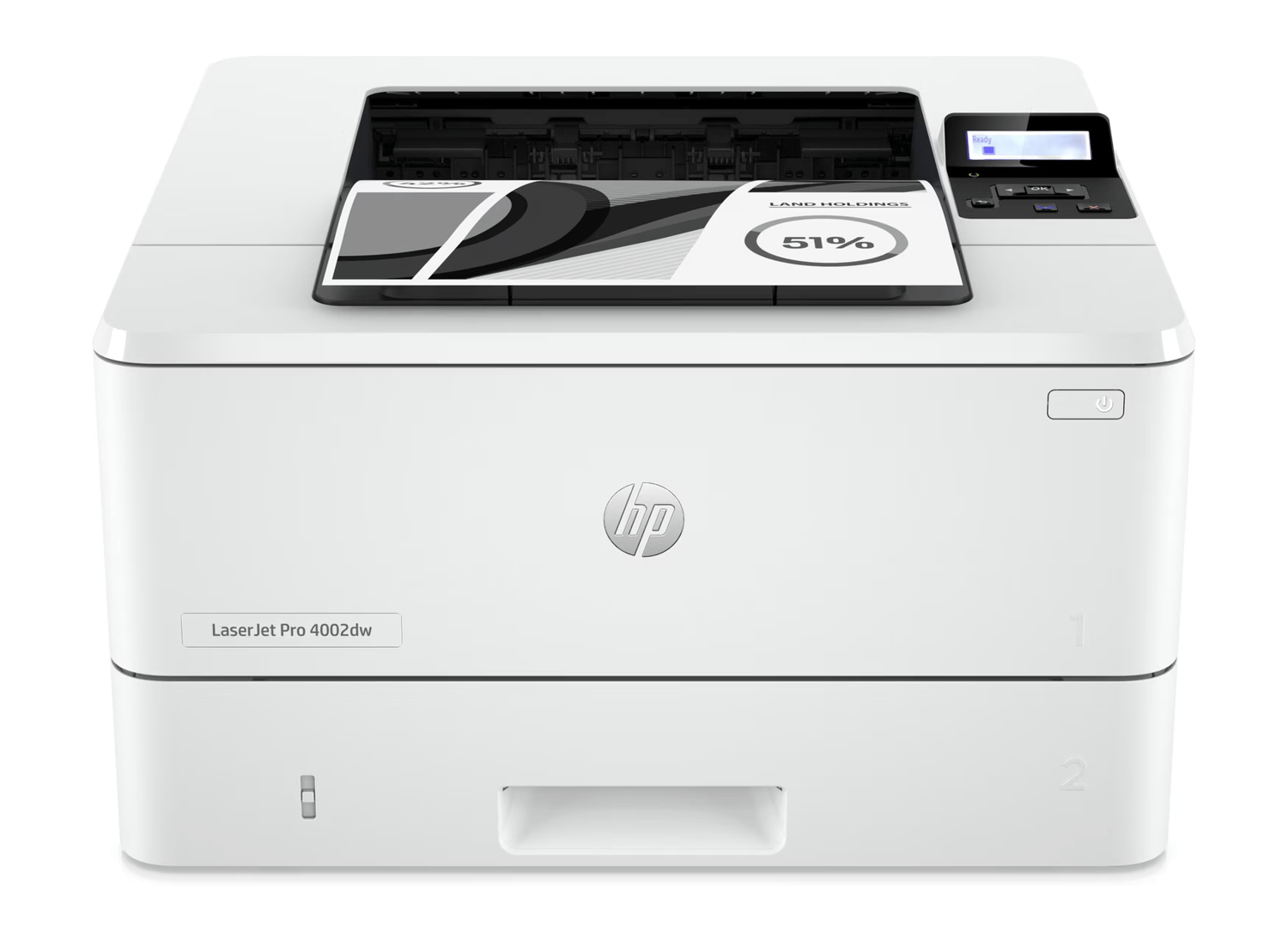Sublimation printing has revolutionized the world of custom designs, enabling vibrant and durable prints on fabrics, ceramics, and other materials. While Epson printers are often preferred for sublimation, you can also convert select HP printers to handle sublimation tasks. This guide will walk you through the process of transforming your HP printer into a sublimation powerhouse, helping you achieve exceptional printing results in 2025.
Understanding Sublimation Printing
Sublimation printing involves transferring designs onto various substrates using heat and pressure. Specialized sublimation ink is heated, turning into gas and bonding with the surface. The process is ideal for polyester fabrics and coated surfaces, producing long-lasting, fade-resistant prints with vibrant colors.
Converting an HP printer for sublimation is a cost-effective alternative for those who already own compatible models, allowing them to enter the sublimation market without purchasing a dedicated sublimation printer.
Which HP Printers Can Be Converted?
Not all HP printers are suitable for sublimation. Before starting, ensure your printer meets the following criteria:
- Inkjet Technology: Only inkjet printers with thermal print heads can be used. HP's thermal inkjet technology heats the ink, which may not work as efficiently as Epson’s piezoelectric print heads, but it can still deliver acceptable results.
- Cartridge System: Printers with refillable cartridges or continuous ink supply systems (CISS) are easier to adapt for sublimation.
- Compatibility with Sublimation Ink: Verify that your printer model can handle sublimation ink without clogging or other issues.
Popular HP models for conversion include:
- HP DeskJet Series
- HP OfficeJet Series
Steps to Convert Your HP Printer for Sublimation Printing
Follow these steps to transform your HP printer into a sublimation machine:
1. Gather the Necessary Materials
Before starting, ensure you have:
- Sublimation ink compatible with HP printers.
- Refillable ink cartridges or a CISS.
- Sublimation paper.
- Heat press machine.
2. Prepare Your Printer
- Clean Existing Ink: If your HP printer has been used with standard ink, thoroughly clean the print head and ink lines to avoid contamination. Use a cleaning solution designed for inkjet printers.
- Install Sublimation Ink: Fill the refillable cartridges or CISS with sublimation ink. Install them in the printer following the manufacturer’s instructions.
3. Adjust Printer Settings
- Paper Type: Set the paper type to "Matte Photo Paper" or a similar option.
- Print Quality: Choose the highest print quality for better color accuracy.
- Color Management: Disable the printer’s color management and use ICC profiles provided by the sublimation ink manufacturer for precise color reproduction.
4. Test the Printer
Print a test page on sublimation paper to check:
- Ink flow consistency.
- Color accuracy.
- Print quality.
Make adjustments as needed to optimize output.
Tips for Successful Sublimation with HP Printers
- Use High-Quality Materials: Invest in premium sublimation ink and paper for best results.
- Regular Maintenance: Perform regular cleaning cycles to prevent clogs and maintain print quality.
- Experiment with Settings: Fine-tune your printer settings for different substrates to achieve optimal results.
- Practice on Scrap Materials: Test your designs on scrap pieces before moving to final products.
Common Challenges and Troubleshooting
While converting an HP printer for sublimation is straightforward, you may encounter challenges:
- Clogged Print Heads: Use a cleaning kit to resolve clogs.
- Ink Smudging: Ensure proper drying time before heat pressing.
- Poor Color Accuracy: Install correct ICC profiles and recalibrate settings.
- Banding Issues: Perform a nozzle check and cleaning cycle to fix alignment problems.
Is Converting an HP Printer Worth It?
Converting an HP printer for sublimation is a practical option for beginners or those on a budget. However, it’s essential to recognize its limitations:
- HP printers may not achieve the same color vibrancy and precision as dedicated sublimation printers like Epson.
- Frequent maintenance is necessary to prevent clogs and ensure consistent performance.
If you plan to scale your sublimation business, consider investing in a dedicated sublimation printer for higher efficiency and quality.
Conclusion
Transforming your HP printer into a sublimation machine is an excellent way to explore the world of sublimation printing without significant upfront costs. By following the steps and tips outlined in this guide, you can unlock your printer’s potential and create stunning, customized designs in 2025.
Remember, success in sublimation printing depends on attention to detail, high-quality materials, and consistent maintenance. Start experimenting today and bring your creative ideas to life with vibrant, professional-grade prints!
References
- HP Official Support: https://www.sublimation101.com
- Conde Systems Sublimation Resources: https://www.conde.com
- Sawgrass Ink Education: https://www.sawgrassink.com/education



Comments ()